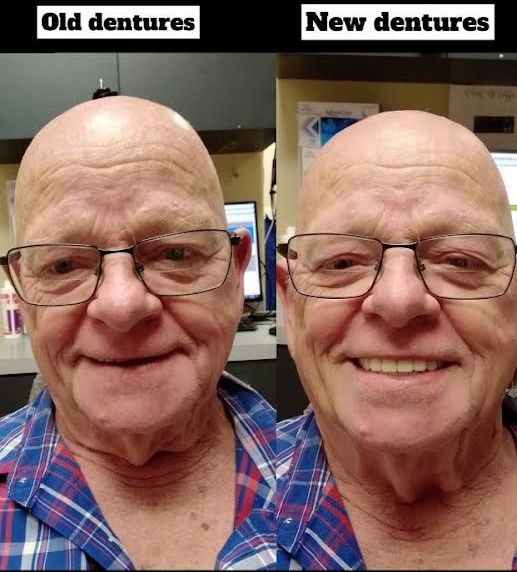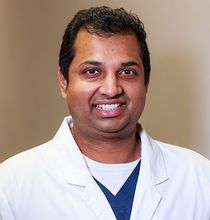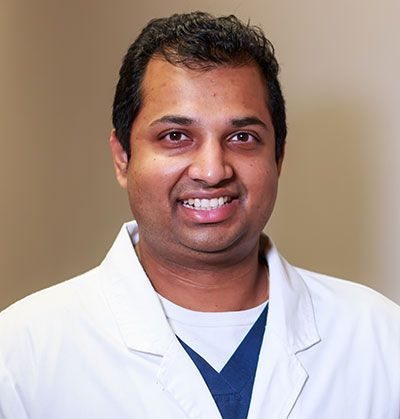Our Services
Conservative Dentistry
Conservative dentistry aims to save and preserve a diseased or damaged tooth, either by decay, attrition or trauma. It is about all those treatments that try to avoid tooth extraction.
Tooth decay is a bacterial disease that attacks and destroys the hardest substance in the body, which is the dental enamel. If not detected and treated early, the decay will continue to grow and penetrate the tooth affecting other parts and tissues such as the dental pulp. At that time, the decay causes severe pain.
Dental plaque is formed when the bacteria and food join together. If this is not properly removed and let to accumulate, bacteria will generate acids that attack the tooth surface. If not detected, it starts growing caries that will attack the dentine. At this point, the decay begins to manifest with pain. If we continue without remedy, the decay will continue it progress reaching the dental pulp, where the nerves are located. At this point, the patient infection causes intense pain. In the last phase, the decay will reach deeper tissues such as gum, bone and periodontal tooth abscess may form, which is terribly painful and can cause tooth loss.
Treatments include:
Cosmetic Dentistry
Cosmetic dentistry, as its name implies, covers everything that has to do with beautifying the teeth. We use treatments such as teeth whitening, and reconstruction that will improve the smile and teeth quality of life.
The reasons for cosmetic dental treatments vary for each patient. From whitening teeth that have been darkened, replacement of damaged teeth, or changing the shape and size of the teeth.
The most frequent cases are gum problems (receding gums, swollen gums, etc.), misplaced teeth, broken teeth, small teeth, large teeth, missing teeth, bad bite; dark or yellow teeth, stained with tobacco, coffee, and tartar.
When a person is not satisfied with his smile, it is best to consult a cosmetic dentist who will analyze the best solution for the patient and who can give you the smile you’ve always wanted.
Most common cosmetic treatments include:
Teeth Whitening

Totally harmless to the tooth, the teeth whitening treatment occurs without damaging the enamel.
Porcelain Veneers
A minimally invasive treatment by which we can design the patient’s smile by adhering thin slices of porcelain that allow us to modify the teeth' shape, color, and size.
Dental Crowns
Fixed prostheses that are made on the teeth to protect them against a fracture or to restore cosmetics and functionality. Today, thanks to the new technology, we can use art materials without metal, such as high-strength ceramics, thus solving the issue of metal allergies, suffered by some patients.
Pediatric Dentistry
Treatments are aimed for prevention and oral health care of children and adolescents. Temporary dentition requires treatments ranging from obturations (fillings) for repair cavities to root canals (pulpotomy) for the resolution of deep caries.
Pediatric dentistry works very closely together with orthodontic specialties. Restorative treatment mainly consists of treating trauma, use of a sealant, which is a thin layer for the fossa and fissures of teeth without removing dental structure to avoid tooth decay, and treatment of cavities. It is recommended to have a dental checkup every 6 months.
Children in general are too lazy to do their dental hygiene, therefore, parents should help their children acquire the habit of brushing their teeth every day, several times. It is proven that daily hygiene contributes to a large decrease in oral diseases.
Oral Rehabilitation
Oral rehabilitation is the branch of dentistry responsible to restore form, function and esthetics of broken or missing teeth, designed to replace teeth or missing teeth in order to improve chewing, speech and esthetics.
Fixed Prostheses (Dental Bridges)
The fixed prostheses are those that cannot be removed by the patient, it is being adhered and supported by pillars as own teeth or dental implants. It is what is commonly known as dental bridge.
Removable Prostheses (Dentures)

The removable prostheses are those which the patient can remove from the mouth when desired (metal with acrylic partial and natural dental color denture).
Bruxism
The most common treatment to prevent bruxism is a bite ferule. This prevents tightening or grit teeth, causing atrittion and pain.
Conscious Sedation
Conscious sedation with nitrous oxide is an excellent safe and effective alternative that has been used for many years. Nitrous oxide is composed of oxygen and nitrogen which, when combined, produce a mixture that can be administrated to the patient through a nasal mask, which produces a calming effect and relaxation and at the same time maintains them awake and able to talk to the treating dentist. Nitrous oxide, sometimes called “laughing gas,” is an option that the dentist can offer to make you feel comfortable during certain procedures. This technique is useful for patients who are anxious and afraid of dental procedures.
Oral Surgery
It is the surgical procedure used to correct a wide range of diseases, injuries and defects of the oral cavity.
Dental Extraction
Tooth extraction can be simple or surgical. The most common procedure used for teeth extraction is simple extraction. If it is necessary to exert excessive force to extract the tooth, or if a substantial part of the tooth crown is missing and it's difficult to access the dental root, then surgical tooth extraction is recommended.
Why Dental Extractions Are Recommended
- Broken teeth, split, fractured, affected by tooth decay that can not be rebuilt.
- In cases of advanced periodontitis, cysts, and complicated sinusitis.
- The teeth that are poorly positioned or incorrectly oriented and cannot be recovered with orthodontic techniques.
- Impacted teeth.
- Tooth extraction for orthodontic purposes.
- The tooth extraction prevents the infection spreading to other teeth and the entire body, prevents bone loss, and developing periodontal disease.
Alveoloplasty
It is the surgical procedure used to reshape the alveolar processes to achieve greater uniformity and a better adaptation for the partial or complete removable prosthesis. It should remove the least possible bone remodeling since the post-extraction involves a decrease in the alveolar bone. It is important to remove all bone spicules, and sharp edges to keep teeth as rounded as possible.



